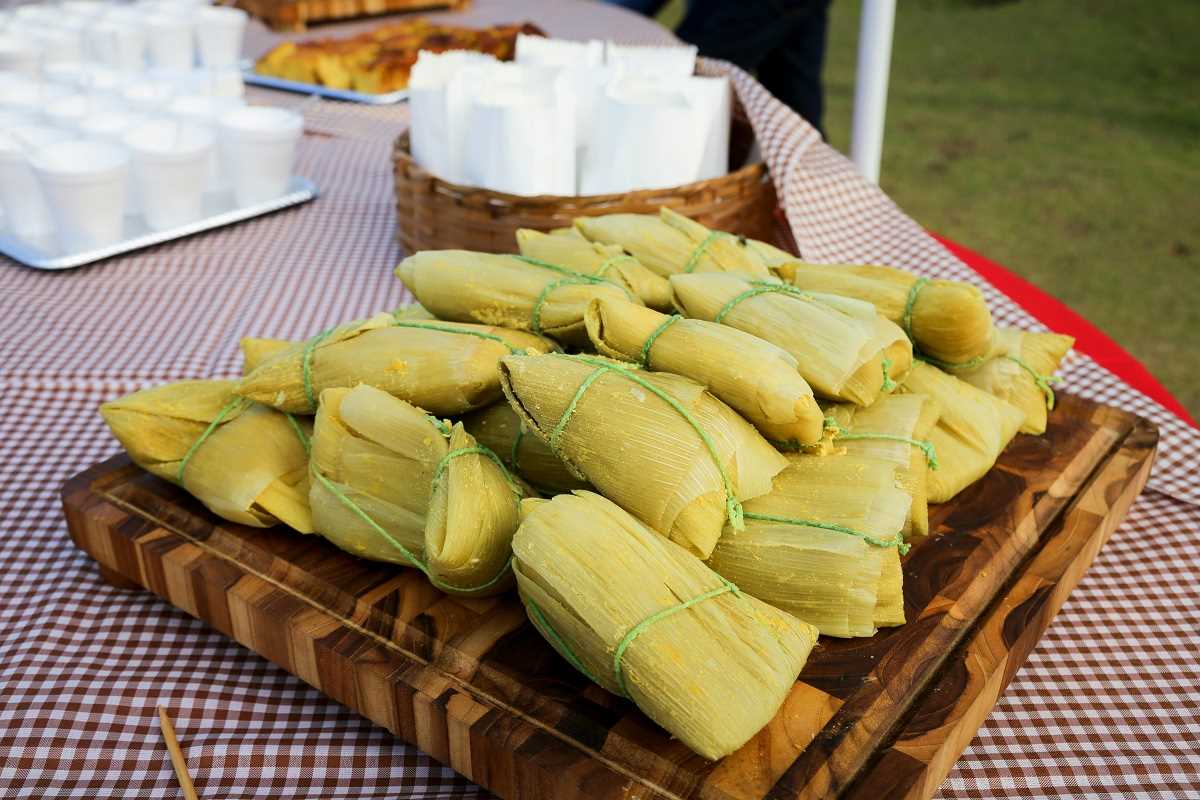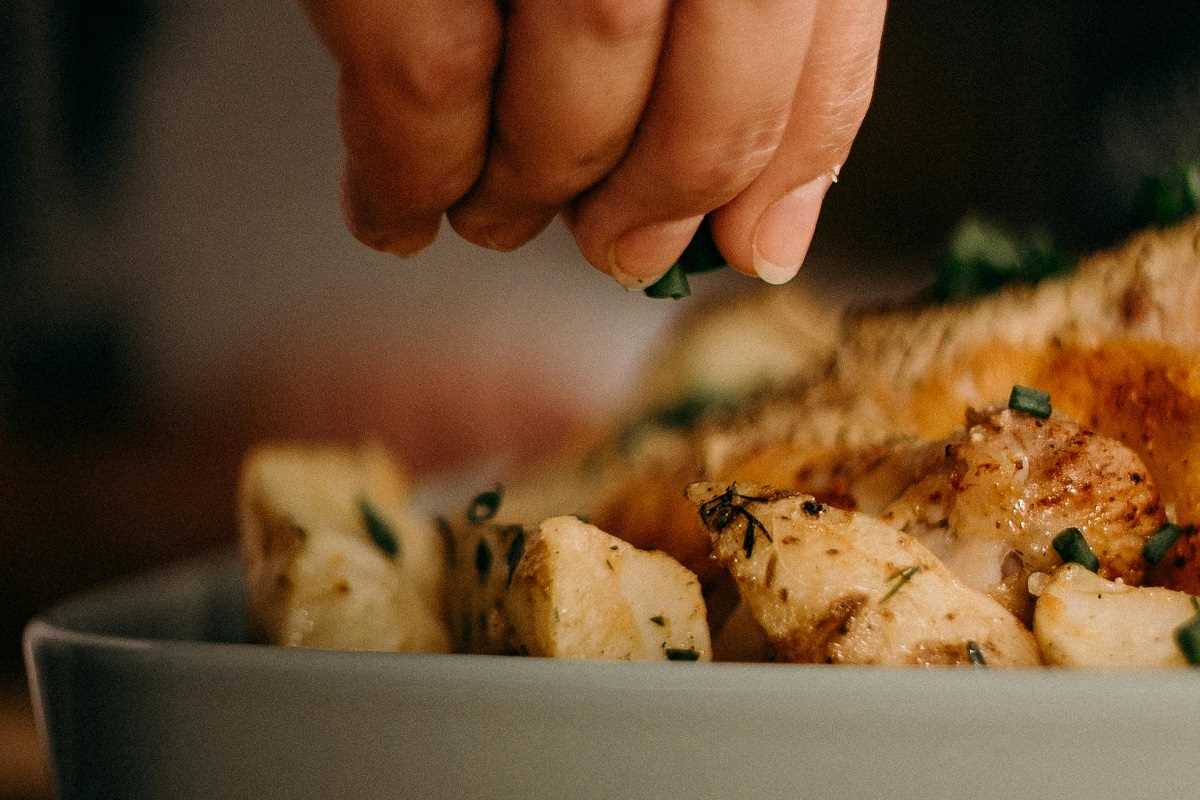Warm sunlight pours through lace curtains while the inviting aroma of fresh dough drifts along cobblestone streets, drawing visitors toward the heart of the village bakery. Ovens glow with gentle heat, and the soft murmur of early morning voices fills the air. Steam curls from cast-iron molds, hinting at recipes lovingly preserved through generations. Bakers move with practiced ease, shaping loaves and pastries that capture the essence of community and tradition. Discovering these small-town rituals brings a sense of connection; each bite offers a glimpse into the stories and heritage that shape this cozy corner of the world.
Beyond the allure of flaky crusts and sweet fillings, these gatherings unite neighbors over communal ovens and flour-dusted tables. You’ll find that each loaf, pastry, or sweet roll carries more than flavor: it holds seasonal rhythms, festive significance, and pride in centuries-old craftsmanship. Let this journey unravel the most distinctive bakery customs that will add unforgettable detours to your next itinerary.
Unique Flavors of Small-Town Baking
While urban patisseries often chase avant-garde trends, village bakeries root you in the local harvest. In mountain hamlets, rye loaves aromatized with pine needles capture the forest’s essence, and coastal communities infuse pastries with salt-kissed seaweed and local butter. These touches let you taste the very landscape in every crumb.
These heartfelt practices spark spontaneous conversations—asking the baker about that peculiar ribbon of herb or a swirl of fruit jam reveals how families once preserved harvests through winter. By tuning into these slices of flavored geography, you’ll understand why bakery traditions remain the heartbeat of rural gatherings, guiding you straight into shared heritage.
Top 5 Most Unique Traditions You Can Taste
- Pão de Milho – Portugal
- Traditional country loaf with golden crumb from fine cornmeal.
- Details: Baked twice weekly in community ovens; loaves sold under €2.
- Experience: Join early sessions to watch hand-kneading and share coffee with locals over warm crusts.
- Acadian Tourtière – Canada
- Holiday meat pie filled with spiced pork and potatoes seasoned with pepper and clove.
- Details: Limited batches in mid-December, fixed price, often sold out by afternoon.
- Experience: Ask for local chutney on the side to balance the rich filling.
- Pastel de Gloria – Spain
- Sunrise pastry topped with almond cream and freshly picked flower petals.
- Details: Found at weekly markets for ~€1 apiece.
- Experience: Arrive before 10 a.m. for crisp edges and strong floral aroma as villagers collect trays from stone ovens.
- Semlor – Sweden
- Lenten cream bun with almond paste, whipped cream, and powdered sugar crown.
- Details: Available during the two weeks before Easter; small-town bakers make ~36 per day.
- Experience: Line up early and follow local tradition—dip the top in warm milk.
- Stollenristete – Germany
- Christmas fruit bread with raisins, candied citrus, almonds, and coarse sugar.
- Details: Baked by village guilds on Advent Saturdays; slices offered as donations to charity.
- Experience: Pair with spiced cider and ask about the hidden marzipan secret in the center.
Plan Your Sweet Adventure
- Map baking calendars: Follow local festival dates and weekly market schedules to plan your visits around seasonal specialties.
- Connect with community centers: Call ahead to reserve limited batches of holiday breads or sign up for early oven sessions.
- Pack smart: Bring a lightweight cooler and parchment paper to keep flaky pastries fresh during long drives.
- Learn basic phrases: Master local words for ingredients like “almendra” or “pain” to start friendly chats and discover off-menu treats.
- Time your arrival: Aim for ovens’ first opening, often before sunrise, when bread develops the crispiest crusts and displays are freshest.
Local Tips and Best Times to Visit
Plan trips after harvest festivals for heritage bread varieties, and look for villages offering hands-on baking sessions to connect with local traditions. Balance visits between popular bake sales and hidden family ovens for a full flavor experience. Watch bulletin boards for pop-up bake days, and let curiosity guide you toward stories and friendships baked into every loaf.







